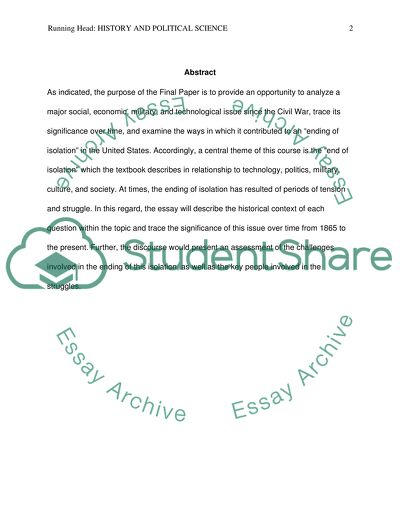Cite this document
(“African-Americans Struggle to End Segregation Research Paper”, n.d.)
Retrieved de https://studentshare.org/history/1390982-african-americans-struggle-to-end-segregation
Retrieved de https://studentshare.org/history/1390982-african-americans-struggle-to-end-segregation
(African-Americans Struggle to End Segregation Research Paper)
https://studentshare.org/history/1390982-african-americans-struggle-to-end-segregation.
https://studentshare.org/history/1390982-african-americans-struggle-to-end-segregation.
“African-Americans Struggle to End Segregation Research Paper”, n.d. https://studentshare.org/history/1390982-african-americans-struggle-to-end-segregation.


